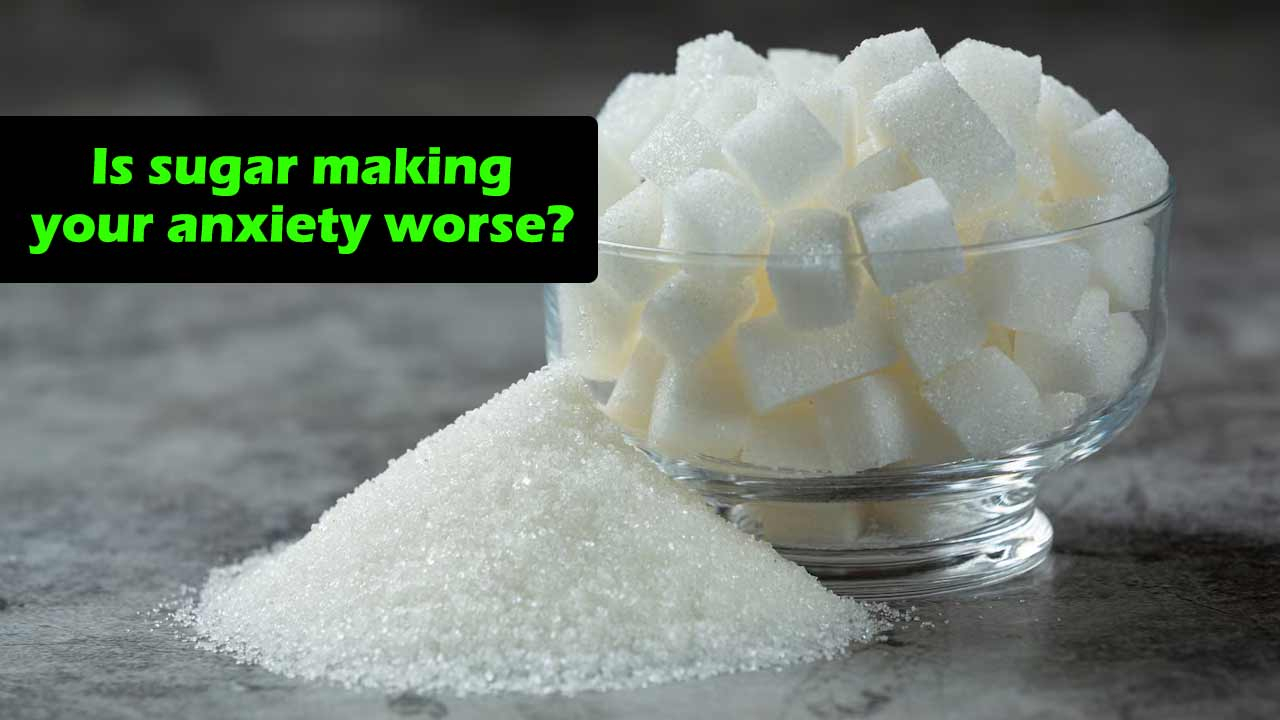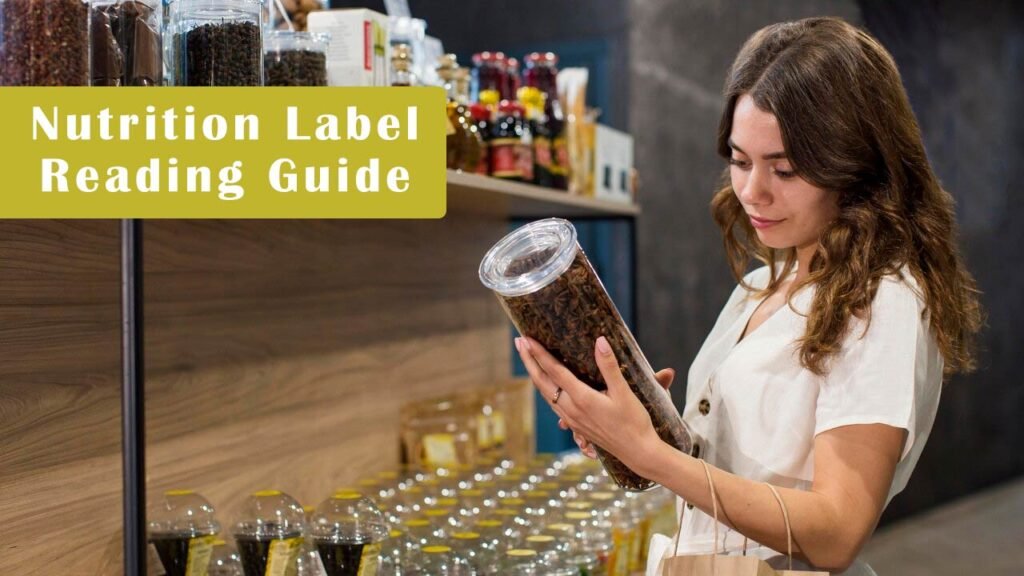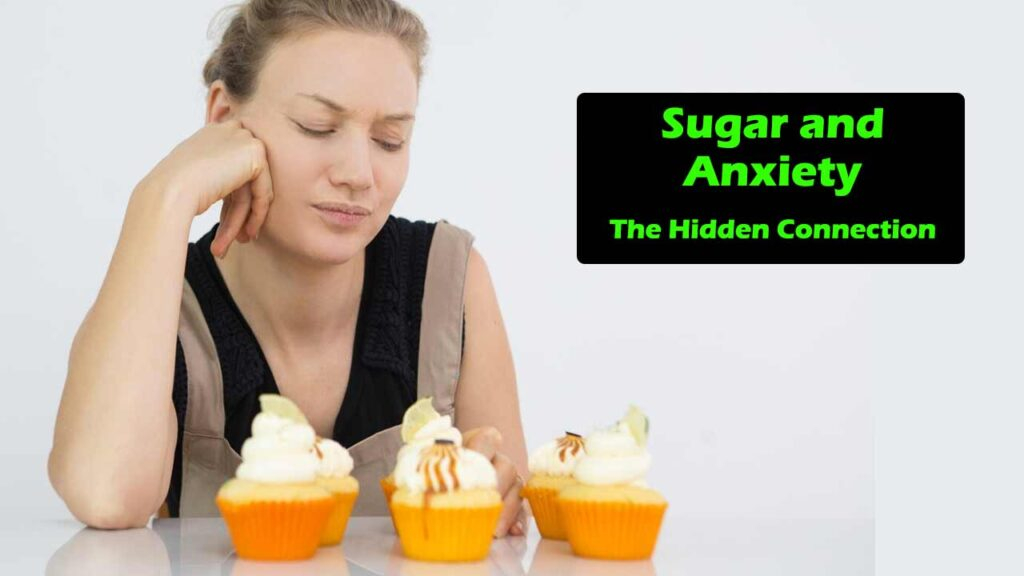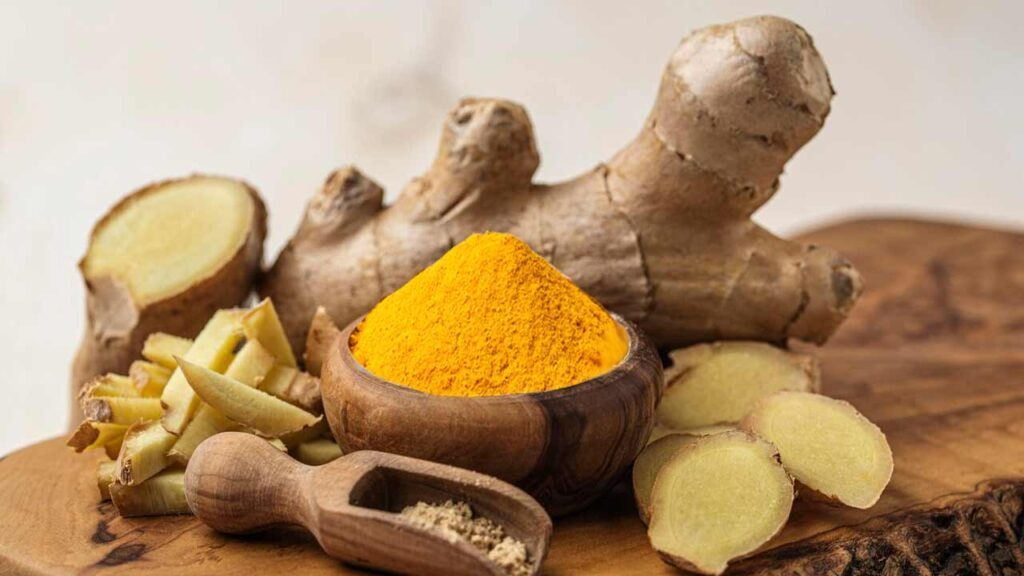Quick Read
- Sugar causes rapid blood glucose spikes followed by crashes that trigger anxiety symptoms
- High sugar intake disrupts serotonin and dopamine balance in the brain
- Sugar creates a dependency cycle that worsens anxiety over time
- Simple dietary changes can significantly reduce anxiety levels
- Combining sugar reduction with lifestyle changes amplifies mental health benefits
Anxiety disorders affect over 40 million adults in the United States alone, making it one of the most common mental health conditions. While many people understand that stress, genetics, and life circumstances contribute to anxiety, fewer realize that their daily food choices—particularly sugar consumption—might be intensifying their symptoms.
When anxiety strikes, reaching for a candy bar or sugary drink feels natural. That quick energy boost seems to provide temporary relief from overwhelming feelings. However, emerging research reveals that sugar and anxiety share a complex relationship that goes far beyond simple comfort eating. Understanding this connection could be the key to managing anxiety more effectively through dietary choices.
This article explores the scientific relationship between sugar intake and anxiety levels, examines why sugar creates a cycle that worsens mental health symptoms, and provides practical strategies to break free from sugar dependency while supporting emotional well-being.
The Science Behind Sugar and Anxiety
How Sugar Affects Brain Chemistry
Your brain relies on a delicate balance of neurotransmitters to regulate mood, energy, and emotional responses. When you consume sugar, it triggers a cascade of neurochemical changes that directly impact anxiety levels.
Sugar consumption causes rapid spikes in blood glucose, which initially triggers the release of insulin to manage these elevated levels. This process affects several key neurotransmitters:
Serotonin Production: Often called the “happiness hormone,” serotonin helps regulate mood and anxiety. Sugar consumption temporarily increases serotonin levels, explaining why sweet foods can provide momentary emotional relief. However, this effect is short-lived and followed by a significant drop that can worsen anxiety symptoms.
Dopamine Response: Sugar activates the brain’s reward system by releasing dopamine, creating pleasurable sensations. Over time, your brain requires increasingly larger amounts of sugar to achieve the same dopamine response, leading to dependency patterns that mirror addiction.
Cortisol Release: The blood sugar rollercoaster triggered by sugar consumption activates your body’s stress response system. This releases cortisol, the primary stress hormone, which can intensify feelings of anxiety and restlessness.
The Blood Sugar Rollercoaster Effect
The relationship between blood sugar fluctuations and anxiety symptoms is particularly significant. When you consume high amounts of sugar, your blood glucose levels spike rapidly. Your pancreas responds by releasing large amounts of insulin to bring these levels back down.
This dramatic drop in blood sugar—known as reactive hypoglycemia—triggers symptoms that closely mirror anxiety:
- Rapid heartbeat
- Sweating
- Shakiness
- Difficulty concentrating
- Irritability
- Fatigue
Many people experiencing these symptoms reach for more sugar to feel better, creating a cycle that perpetuates both blood sugar instability and anxiety symptoms.
Inflammation and Mental Health
Recent research has identified chronic inflammation as a significant factor in anxiety disorders. High sugar consumption promotes inflammatory processes throughout the body, including the brain. This neuroinflammation can disrupt normal brain function and contribute to anxiety, depression, and other mental health conditions.
Studies show that people who consume high amounts of added sugars have elevated levels of inflammatory markers like C-reactive protein and interleukin-6, both associated with increased anxiety and mood disorders.
The Vicious Cycle: When Relief Becomes the Problem
Understanding how sugar creates a self-perpetuating cycle of anxiety is crucial for breaking free from its grip. This cycle typically unfolds in predictable stages:
Stage 1: Initial Trigger
Anxiety symptoms arise from various sources—work stress, relationship issues, or even underlying anxiety disorders. The physical sensations of anxiety create discomfort that your brain seeks to resolve quickly.
Stage 2: Sugar as Solution
Sugary foods provide immediate relief by triggering the release of feel-good neurotransmitters. This rapid mood improvement reinforces the behavior, teaching your brain that sugar equals comfort and relief.
Stage 3: The Crash
Within 30-60 minutes, blood sugar levels plummet, causing symptoms that mimic and intensify anxiety. Energy levels drop, mood deteriorates, and physical symptoms like shaking or rapid heartbeat emerge.
Stage 4: Increased Cravings
The combination of low blood sugar and anxiety symptoms creates intense cravings for more sugar. Your brain has learned that sugar provides relief, so it sends powerful signals to seek out sweet foods.
Stage 5: Tolerance and Dependency
Over time, your brain requires larger amounts of sugar to achieve the same mood-boosting effects. This tolerance leads to increased consumption, worsening the cycle and making anxiety more difficult to manage through other means.
Long-term Consequences
Extended periods of high sugar consumption can lead to insulin resistance, chronic inflammation, and persistent anxiety symptoms. Some people develop what researchers call “sugar addiction,” where the brain’s reward system becomes primarily dependent on sugar for mood regulation.
Practical Tips to Reduce Sugar Intake
Breaking free from sugar dependency requires a strategic approach that addresses both the physical and psychological aspects of sugar cravings. Here are evidence-based strategies to reduce sugar intake while managing anxiety:
Read Food Labels Carefully
Sugar hides in many processed foods under various names. Learning to identify these hidden sugars is essential for reducing overall intake:
Common sugar aliases include:
- High fructose corn syrup
- Cane juice
- Agave nectar
- Dextrose
- Maltose
- Sucrose
- Brown rice syrup
Focus on foods with less than 6 grams of added sugar per serving. The American Heart Association recommends limiting added sugars to 25 grams per day for women and 36 grams for men.
Find Healthy Alternatives
Replacing sugary foods with nutritious alternatives helps satisfy cravings while providing sustained energy:
Smart substitutions:
- Fresh berries instead of candy
- Greek yogurt with cinnamon rather than flavored yogurt
- Herbal teas instead of sugary drinks
- Nuts and seeds for afternoon snacks
- Dark chocolate (70% cacao or higher) for dessert cravings
Practice Mindful Eating
Mindful eating techniques help you recognize true hunger versus emotional eating triggers:
Strategies include:
- Eating slowly and without distractions
- Checking in with hunger levels before meals
- Identifying emotional triggers for sugar cravings
- Waiting 10 minutes before acting on cravings
- Keeping a food and mood journal
Stabilize Blood Sugar Naturally
Maintaining steady blood sugar levels throughout the day reduces cravings and anxiety symptoms:
Blood sugar stabilizing strategies:
- Eat protein with every meal and snack
- Include healthy fats like avocados, nuts, and olive oil
- Choose complex carbohydrates over simple sugars
- Eat smaller, more frequent meals
- Never skip breakfast
Plan for Challenging Situations
Identify high-risk situations where you typically reach for sugary foods and develop alternative coping strategies:
Common triggers and solutions:
- Afternoon energy crashes: Keep protein-rich snacks available
- Stress at work: Practice deep breathing or brief meditation
- Social gatherings: Eat before attending events with sugary foods
- Evening boredom: Engage in activities that occupy your hands and mind
Lifestyle Changes That Support Anxiety Management
Reducing sugar intake works best when combined with comprehensive lifestyle changes that address anxiety from multiple angles. These evidence-based strategies complement dietary modifications:
Regular Exercise
Physical activity provides natural anxiety relief while helping regulate blood sugar levels. Exercise increases endorphin production, improves insulin sensitivity, and provides a healthy outlet for stress and nervous energy.
Effective exercises for anxiety:
- Brisk walking for 20-30 minutes daily
- Yoga or tai chi for mind-body connection
- Swimming for full-body stress relief
- Strength training for confidence building
- Dancing for joy and movement
Stress Management Techniques
Developing healthy coping mechanisms reduces the likelihood of turning to sugar during stressful moments:
Proven stress management methods:
- Deep breathing exercises
- Progressive muscle relaxation
- Meditation and mindfulness practices
- Journaling for emotional processing
- Time in nature
Prioritize Quality Sleep
Poor sleep quality increases cortisol levels and sugar cravings while making anxiety symptoms worse. Establishing good sleep hygiene supports both mental health and dietary goals:
Sleep optimization strategies:
- Maintain consistent sleep and wake times
- Create a relaxing bedtime routine
- Limit screen time before bed
- Keep bedrooms cool, dark, and quiet
- Avoid caffeine and large meals before sleep
Build Support Networks
Social connections provide emotional support and accountability for dietary changes. Sharing your goals with friends and family increases success rates and provides encouragement during challenging moments.
Professional Support
Consider working with healthcare professionals who can provide personalized guidance:
Helpful professionals include:
- Registered dietitians for meal planning
- Therapists specializing in anxiety disorders
- Physicians for underlying health conditions
- Certified diabetes educators for blood sugar management
Taking Control of Your Mental Health Through Diet
The connection between sugar and anxiety represents an opportunity to take control of your mental health through conscious dietary choices. While completely eliminating sugar isn’t necessary or realistic for most people, understanding its impact on anxiety allows you to make informed decisions about your consumption.
Small, consistent changes often prove more sustainable than dramatic dietary overhauls. Start by reducing added sugars gradually, replacing sugary snacks with nutrient-dense alternatives, and paying attention to how different foods affect your mood and energy levels.
Remember that managing anxiety through diet isn’t about perfection—it’s about progress. Each positive choice you make supports your mental health and moves you closer to the emotional balance you’re seeking. By breaking free from the sugar-anxiety cycle, you’re not just improving your diet; you’re reclaiming control over your emotional well-being.
FAQs
How long does it take to see improvements in anxiety after reducing sugar?
Most people notice initial improvements within 1-2 weeks of reducing sugar intake. Significant changes in anxiety levels typically occur within 4-6 weeks as blood sugar stabilizes and brain chemistry rebalances.
Can artificial sweeteners help with anxiety?
Artificial sweeteners don’t cause blood sugar spikes, but they may still trigger cravings for sweet foods. Some people report anxiety symptoms from certain artificial sweeteners, so it’s best to experiment carefully and focus on naturally sweet foods.
What should I do if I experience withdrawal symptoms from reducing sugar?
Sugar withdrawal can cause headaches, fatigue, and increased anxiety temporarily. Stay hydrated, eat regular meals with protein, get adequate sleep, and consider reducing sugar gradually rather than stopping suddenly.
Are there specific types of sugar that are better for anxiety?
Natural sugars found in whole fruits come with fiber, vitamins, and minerals that help slow absorption. However, all forms of added sugar can contribute to blood sugar instability and anxiety symptoms.









